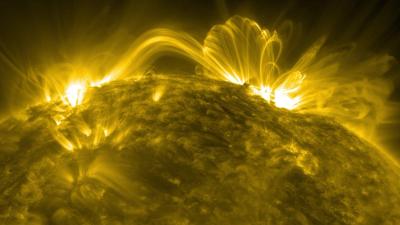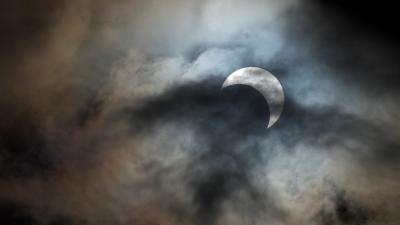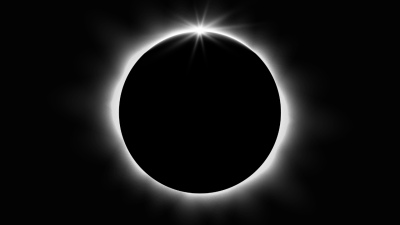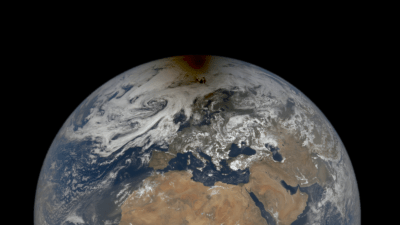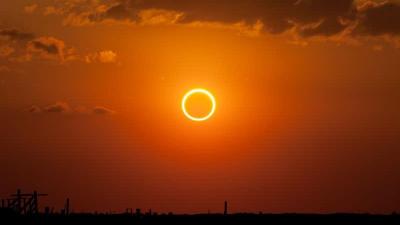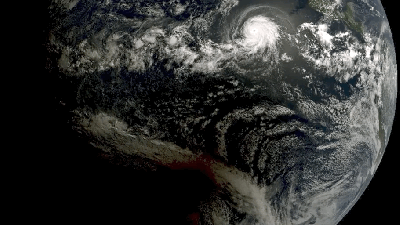solar eclipse
-
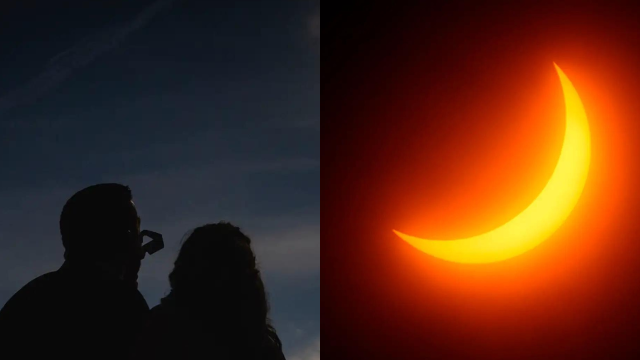
You Need to See These Photos From the U.S. Solar Eclipse
Millions of people experienced totality on Monday as the Moon wandered between Earth and the Sun.
-
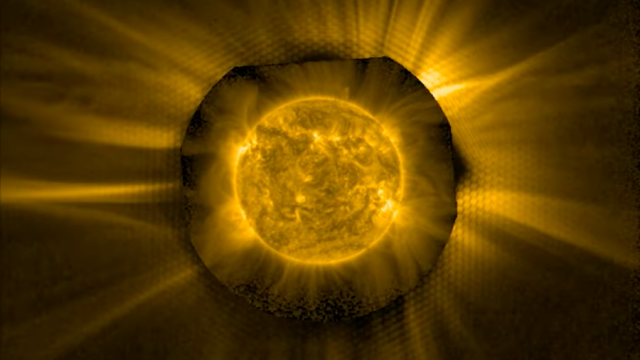
Clever Camera Trick Unlocks Hidden Secrets of Sun’s Atmosphere
Scientists behind a Sun-observing probe applied a simple hack to one of its cameras, allowing them to peer into rarely seen regions of the Sun’s atmosphere. Using Solar Orbiter’s Extreme Ultraviolet Imager (EUI), the team of scientists behind the mission was able to record part of the Sun’s atmosphere at extreme ultraviolet wavelengths. The last-minute…
-
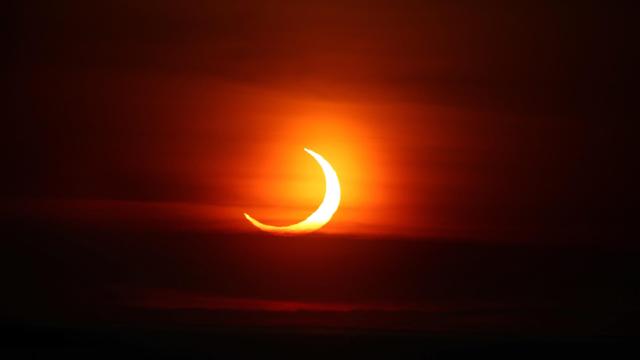
The 9 Best Photos of This Morning’s Sunrise Eclipse
Full disclosure: I slept through this morning’s solar eclipse, which is a real shame because watching the Sun rise over the horizon while being partially blotted out by the Moon is objectively one of the coolest things anyone is likely to see this year. I mean, I paid actual money to see Cruella, but I…
-
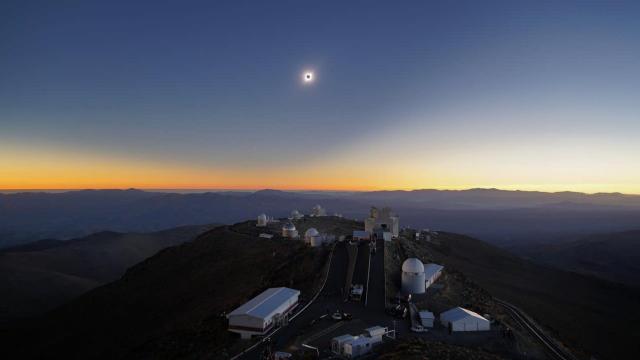
The Coolest Images Of Yesterday’s Solar Eclipse
For thousands of people in Chile yesterday, the Moon passed directly between Earth and the Sun, casting a day-blotting shadow just prior to the real dusk. And of course, there are pictures.
